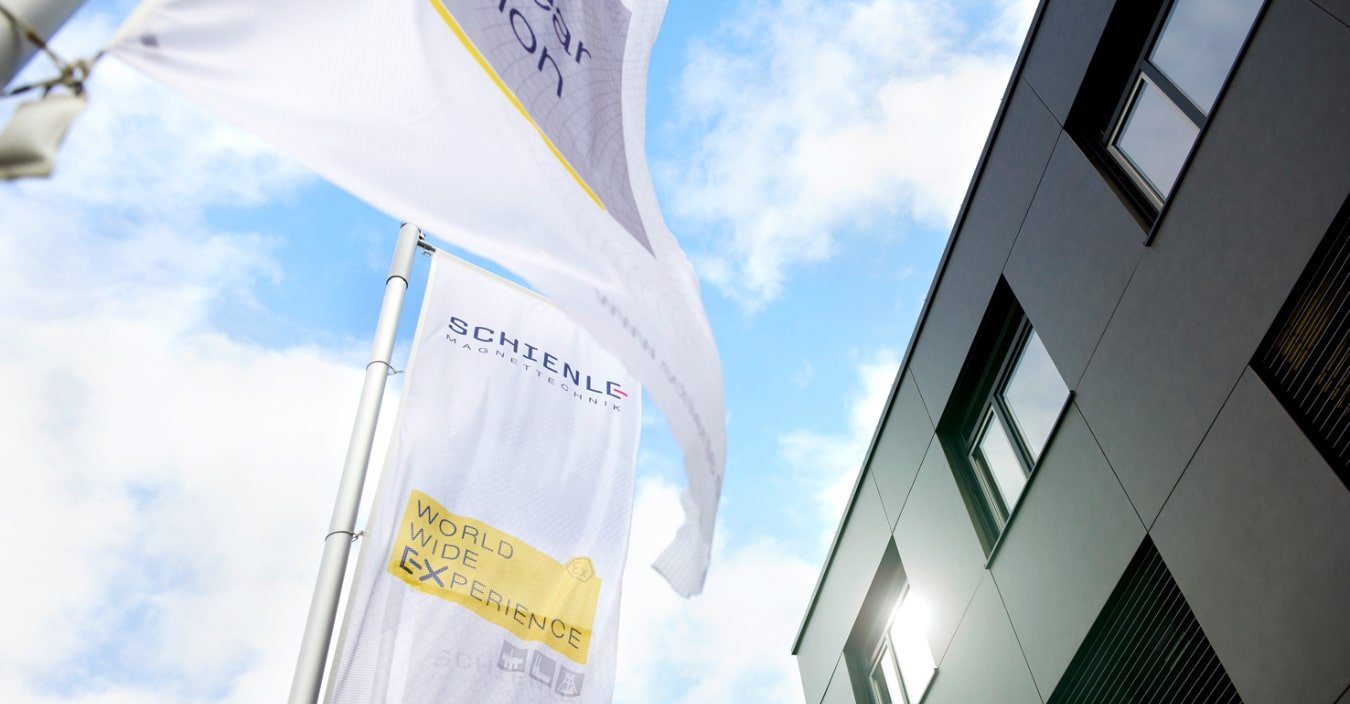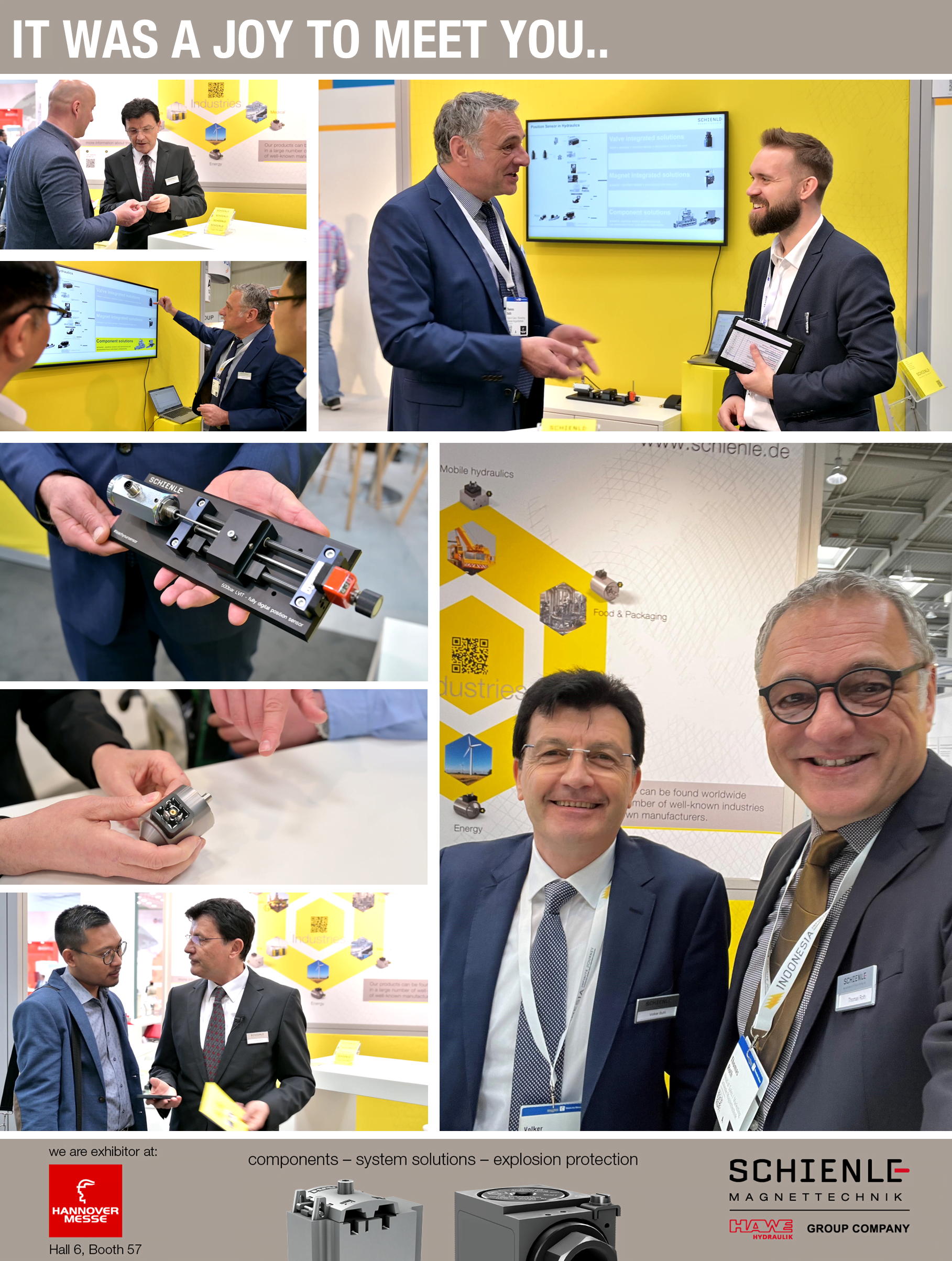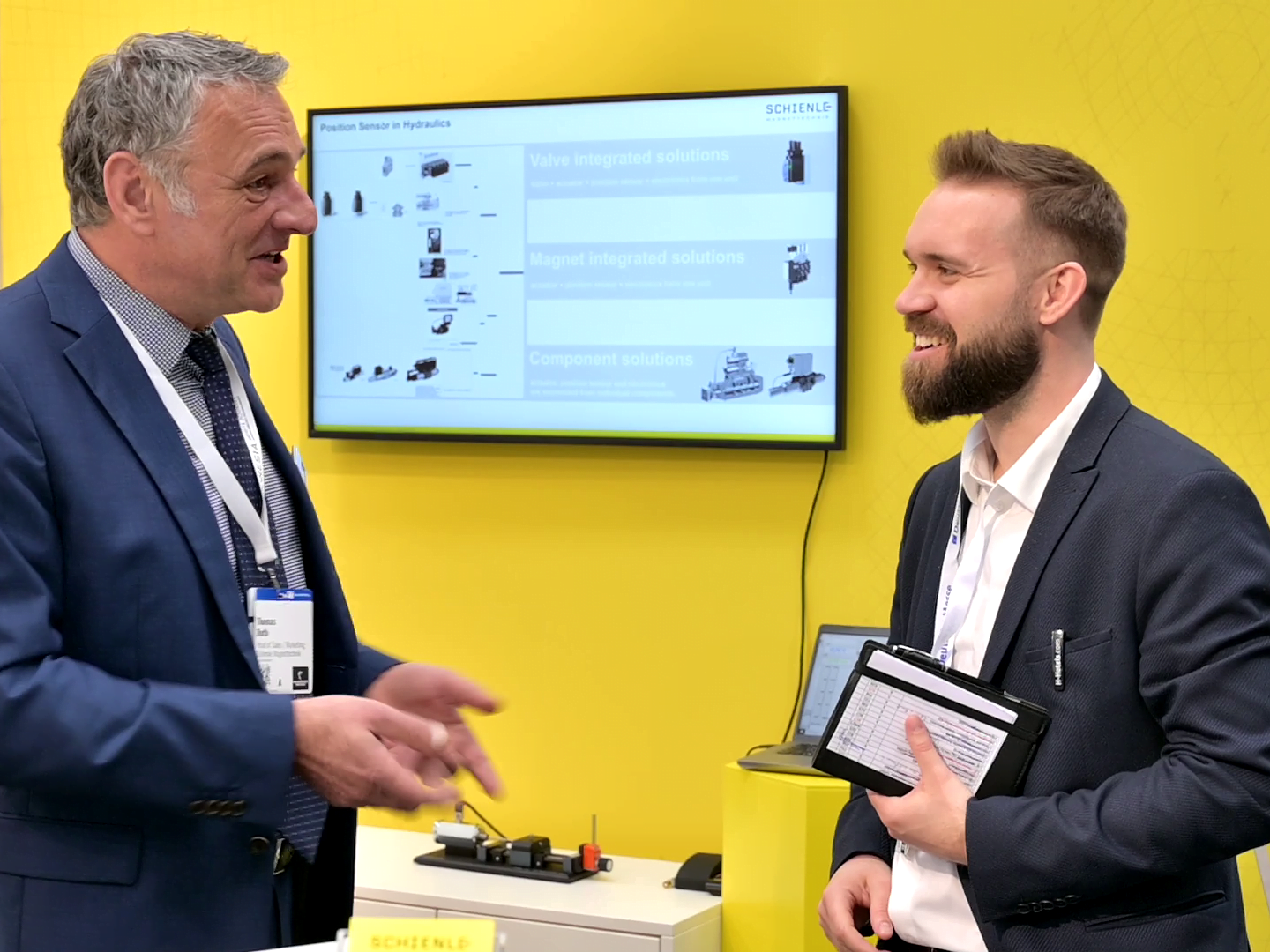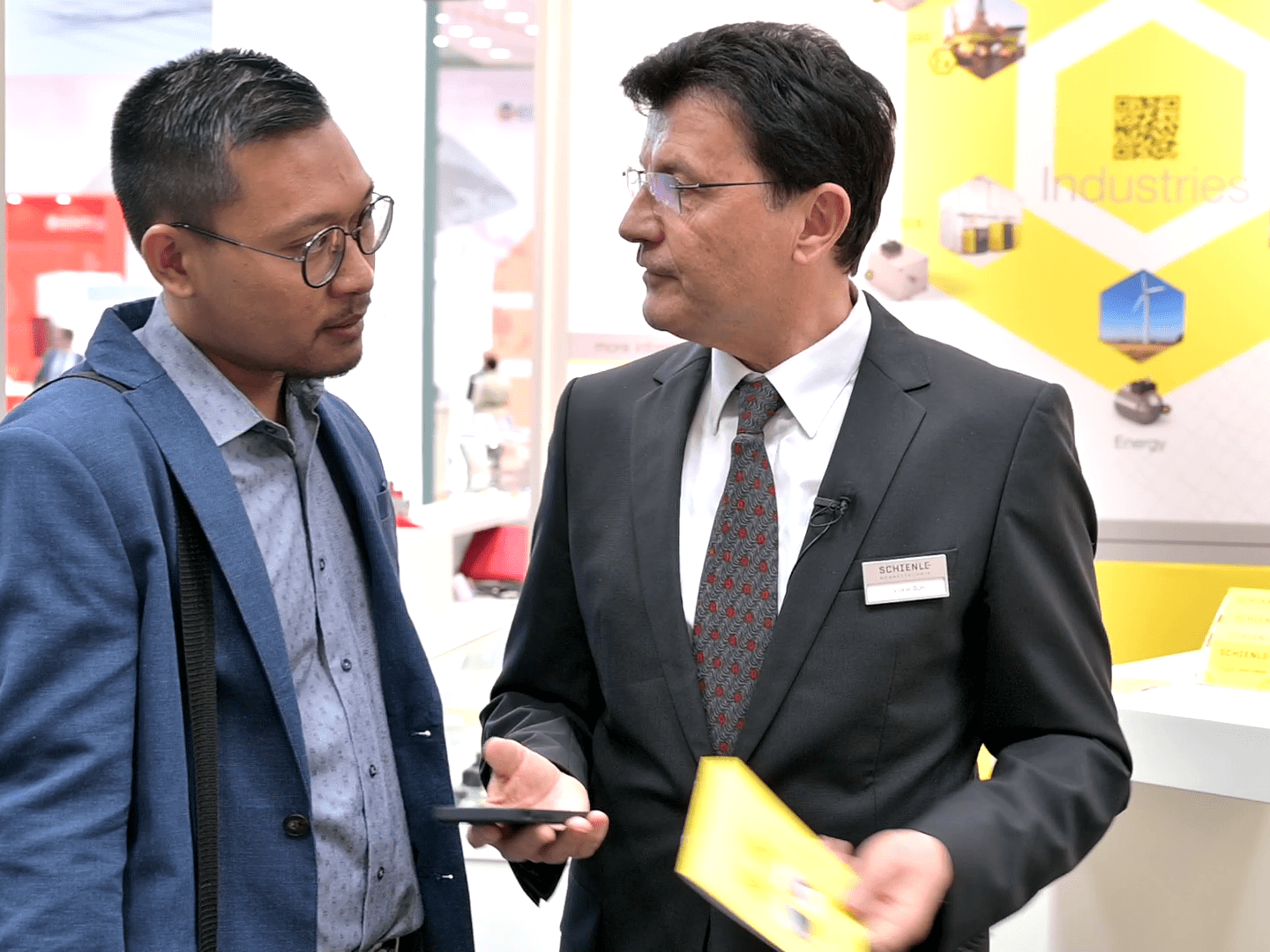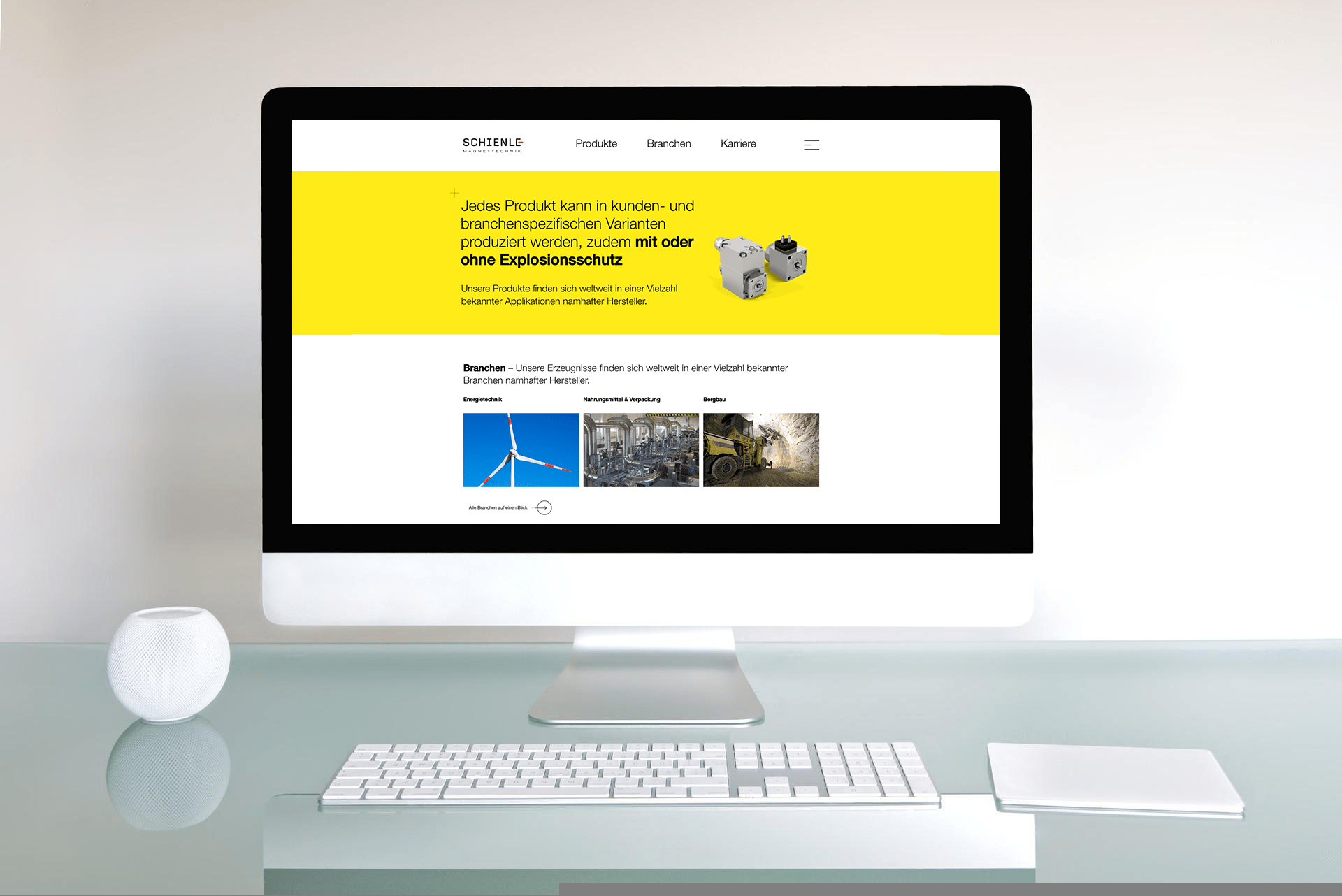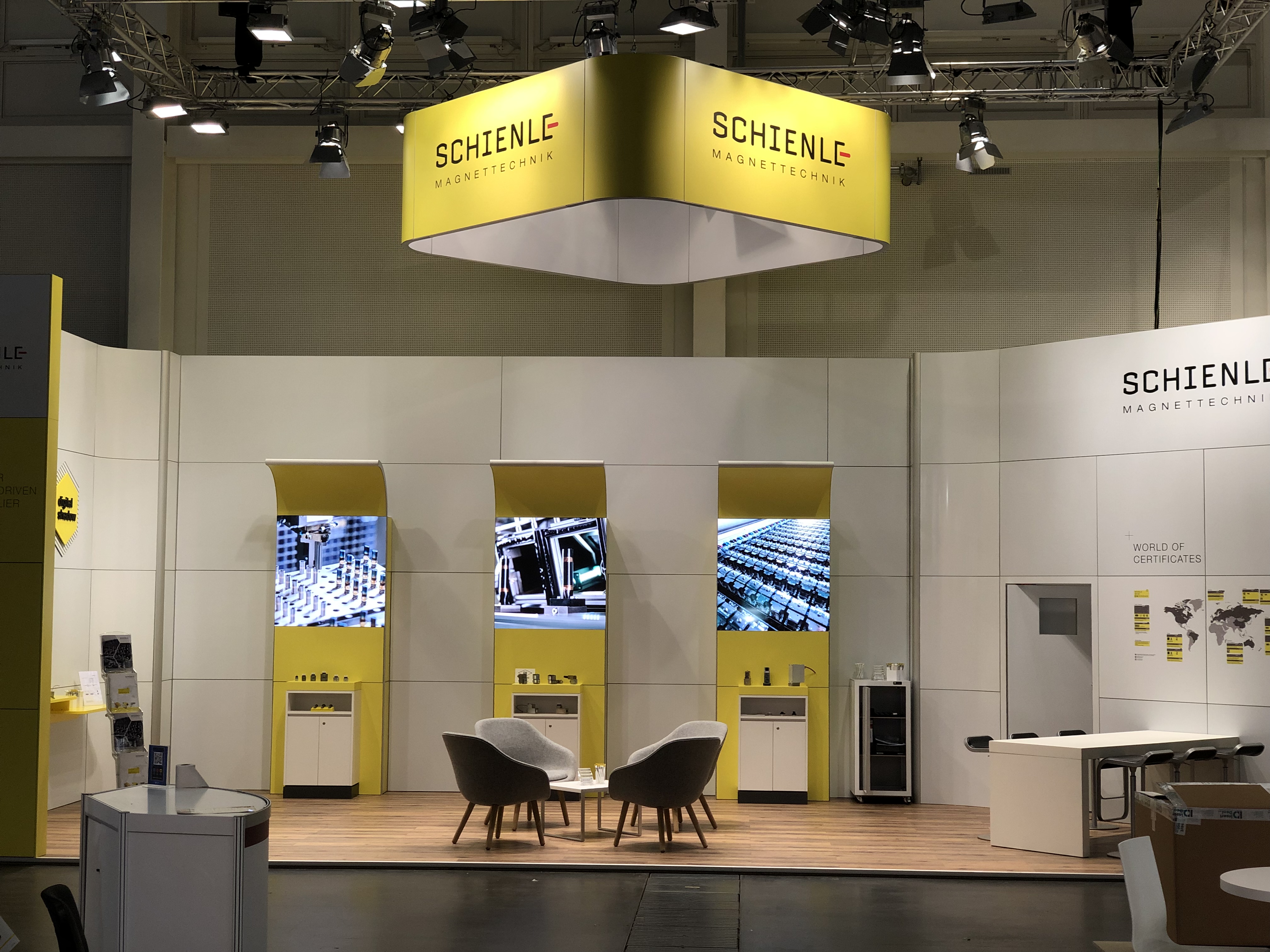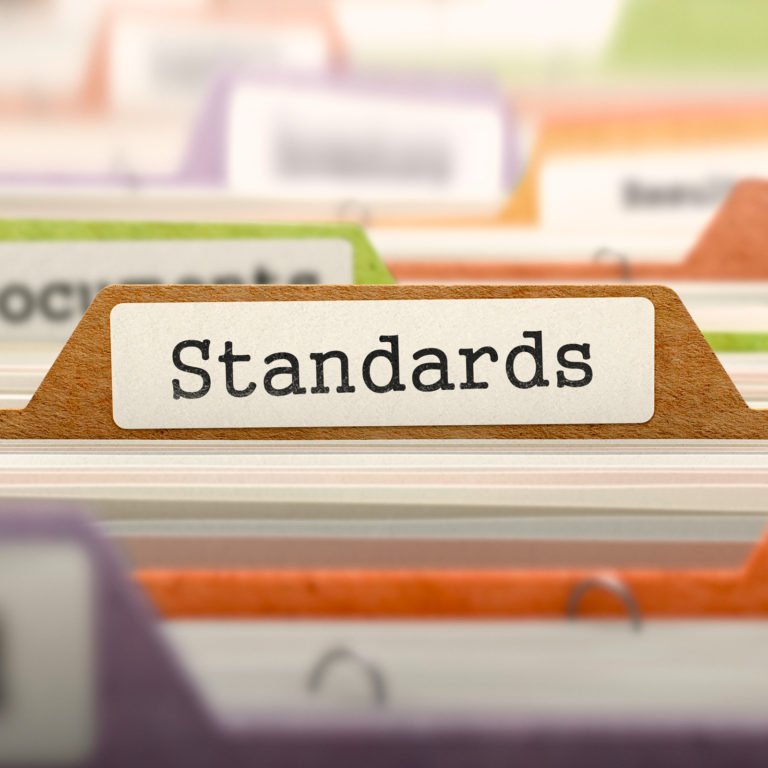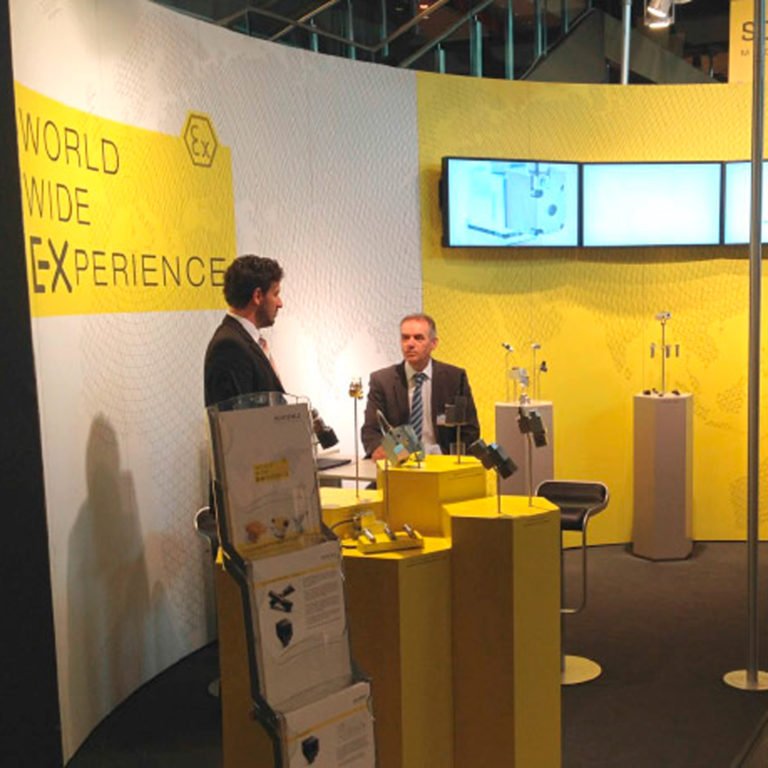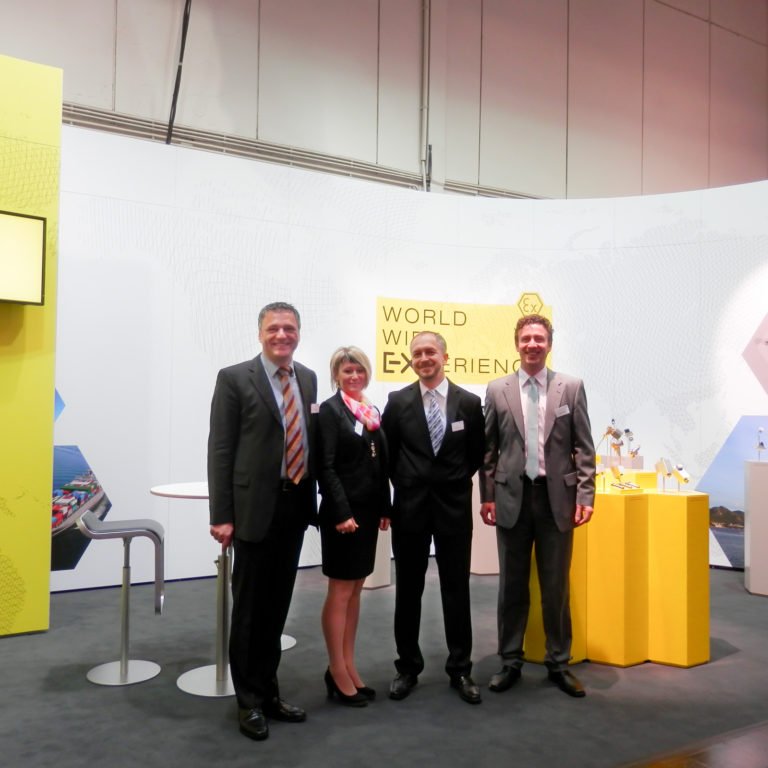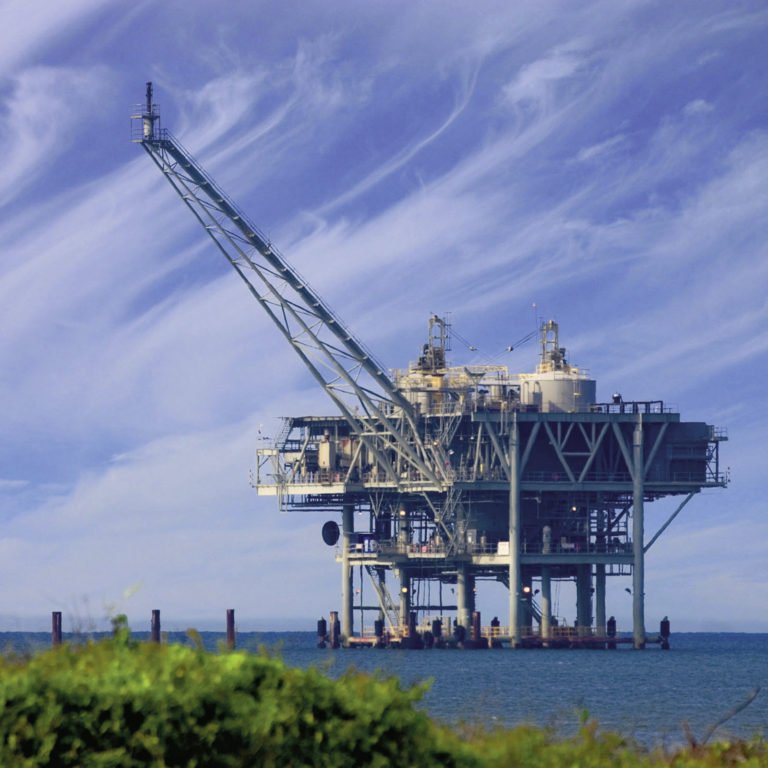The U.S. Coast Guard (USCG) is responsible for maritime safety and security in the U.S. Offshore Continental Shelf. USCG recently published amendments to the Title 46 CFR rules governing electrical equipment used offshore in hazardous locations.
These changes have the potential to affect builders and suppliers of equipment used on all gas and oil rigs, mobile offshore drilling units and offshore supply vessels.
Changes to take effect in 2018
In a ruling published in the Federal Register (Vol. 80, No 61) on 31 March 2015, the U.S. Coast Guard (USCG) significantly updated Title 46 of the Code of Federal Regulations (CFR), Parts 100 and 111. Scheduled to take effect on 2 April 2018, all equipment used on rigs, mobile offshore drilling units (MODU) and offshore supply vessels (OSV) in the U.S. Offshore Continental Shelf (OCS) must meet stringent new rules governing the use of electrical equipment in hazardous locations.
Currently, the USCG permits electrical equipment to be used on MODU, OSV, and similar vessels or installations operating in the OCS only after it has been certified by an independent laboratory to 46 CFR 110.15-1. This has now been superseded by a requirement that ñ from 2018 ñ all such equipment must be certified or listed in accordance with either National Regulations or the IECEx Scheme (the International Electrotechnical Commission System for Certification to Standards relating to Equipment for use in Explosive Atmospheres).
For various reasons, the USCG does not permit the use of equipment certified solely under ATEX Directive 2014/34/EU. However, it does recognize that most ATEX-certified equipment may also be IECEx-certified, and/or that the certification body may also be a USCG independent laboratory, as defined in 46 CFR 110.15-1.
New constructions must have a HazLoc plan
Builders of rigs and similar installations are additionally affected by changes found in 46 CFR 110.25-1. This regulation now requires that any new construction must have a detailed plan for all hazardous area classifications and the equipment installed therein, even cables. ß110.25-1 specifies that all vessels with hazardous locations must have such plans, showing the extent and classification of all hazardous locations, including equipment specifications such as name and model number, installation details, and a certificate of testing by an independent laboratory or an IECEx Certificate of Conformity. Parameters of intrinsically safe systems must also be adhered to.
Incorporating industry needs
The USCG continually reviews its regulations and codes to maintain a high level of effectiveness and safety in the face of evolving technology and applications. In this case, the USCG initially solicited questions and other feedback from affected parties with a notification in the 24 June 2013 issue of the Federal Register.
Nearly two years later, the resulting ruling incorporates many of the comments and requests made through this process, and the 2018 date at which the new regulations go into effect can be seen as part of that, designed to not cause undue stress and hardship to the industry. Equipment manufacturers and suppliers therefore have approximately three years to comply with these new regulations and apply them to their business.
In addition to the amendments to 46 CFR, the documentation in the Federal Register includes a discussion of the comments received by USCG during the decision-making process, as well as details on the rationale ultimately applied.
For more information
Independent safety science companies like UL (Underwriters Laboratories) can offer guidance and assistance to manufacturers, operators, suppliers and builders in the gas and oil equipment field, to ensure that they understand ñ and are ready to meet ñ these and other new regulatory demands. UL has been providing hazardous location assistance to companies since 1915, and is accredited as an IECEx System Ex Certification Body (ExCB) and Ex Testing Laboratory (ExTL) for IEC hazardous locations standards.


